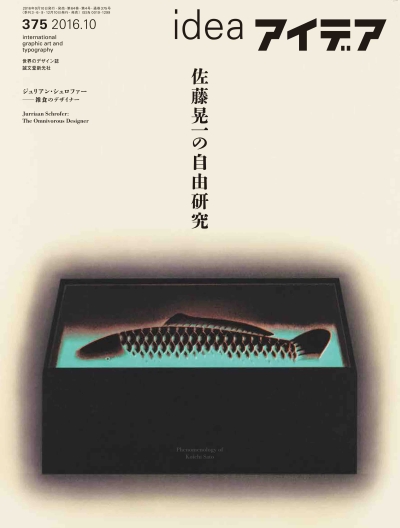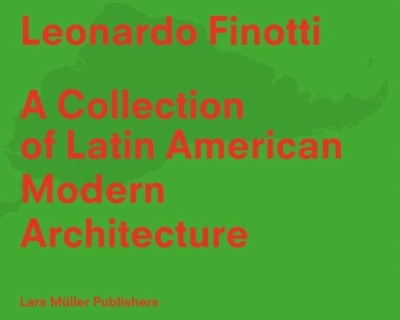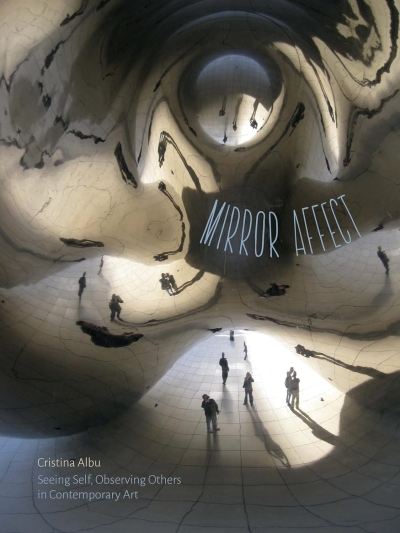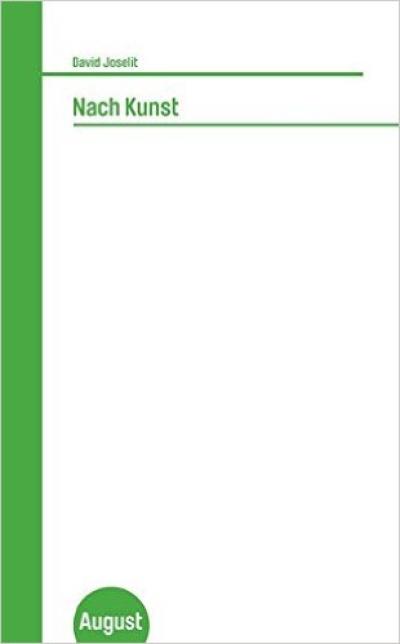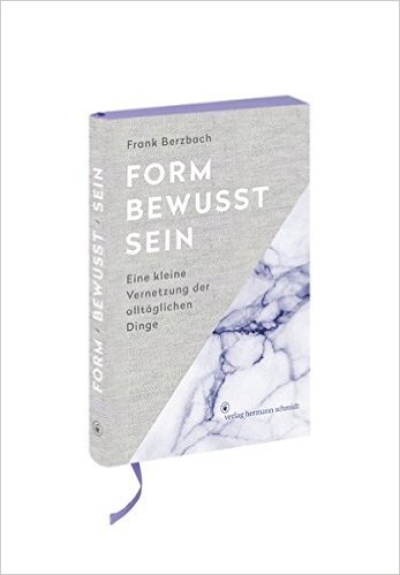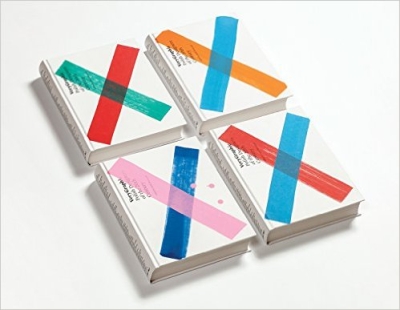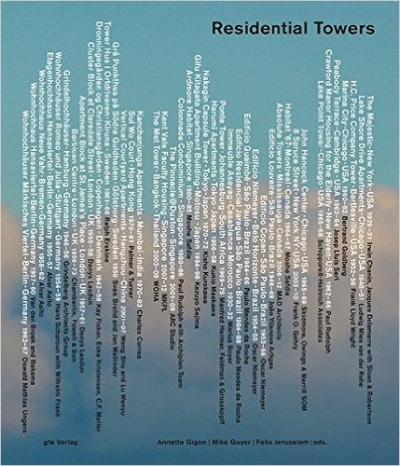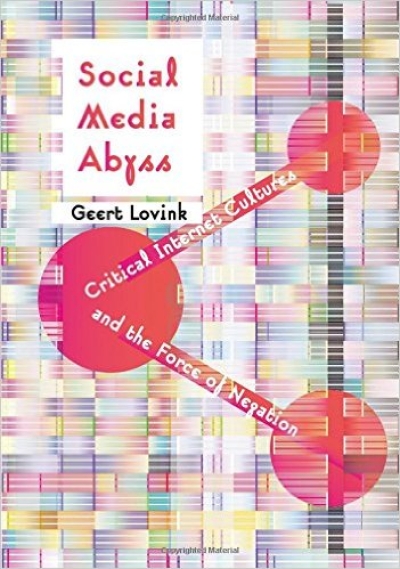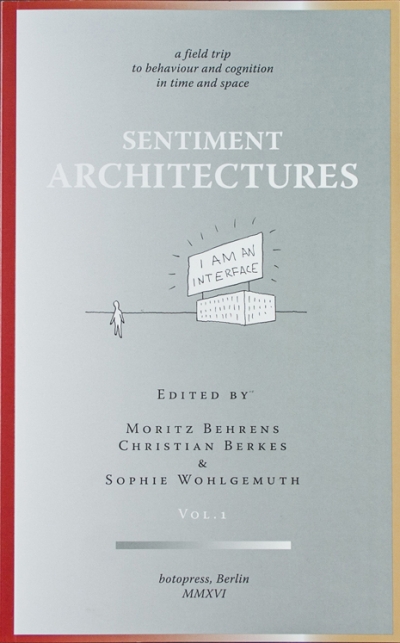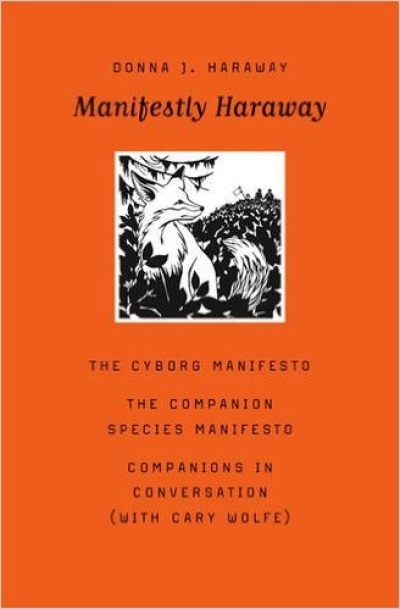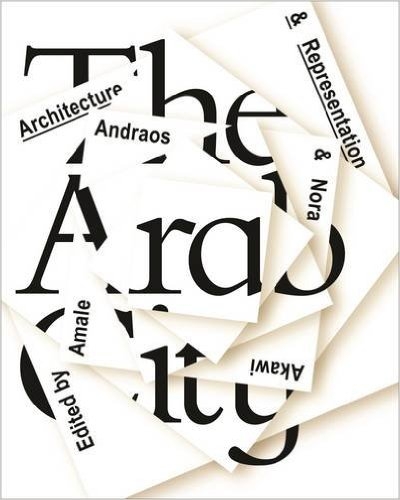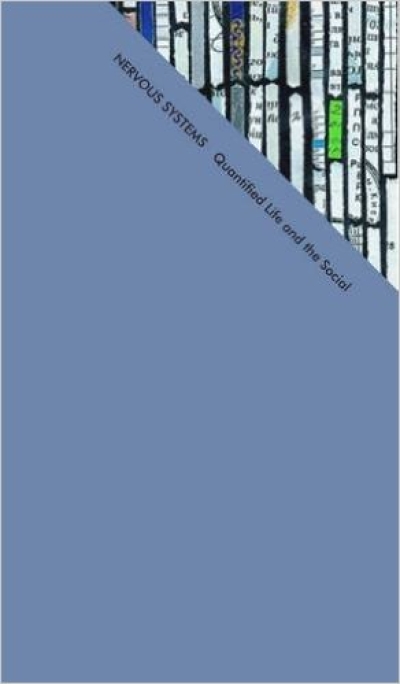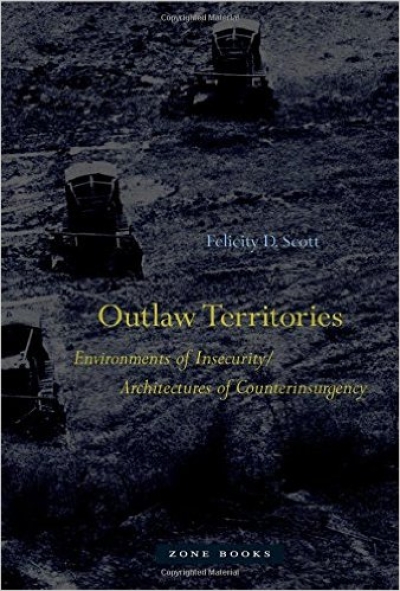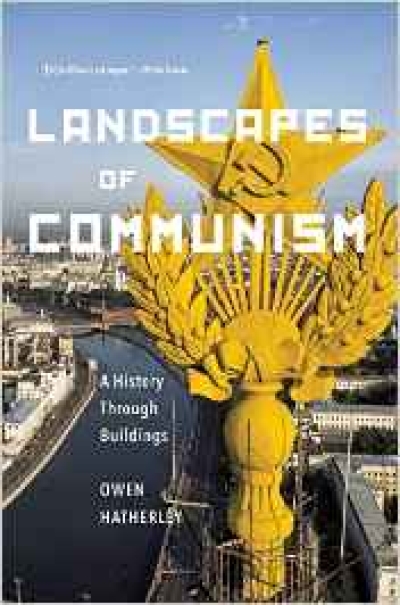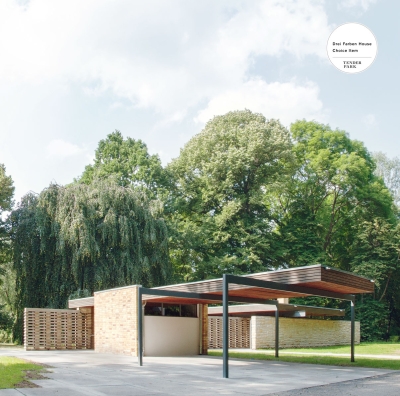
Choice Item
Drei Farben House returns on Tenderpark with his third album ‘Choice Item’, consisting of eight light-footed slices of Soul and Disco as perceived through Housetinted glasses. Most cuts on ‘Choice Item’ are based on Philly grooves – born out of a deep respect and love for the Philadelphia Soul tracks of the late 70s and early 80s. It’s from this period that Michael Siegle (aka Drei Farben House) draws his inspiration for this long player. As Soul and Disco lost their initial freshness and novelty, the music matured into something warmer – which perhaps already contained a sense of its own passing. Drei Farben House delves into this feeling, delivering an album as warm and welcoming as a late summer or early autumn afternoon.
Each track sees Siegle balancing Pop sensibilities within a House music context – recontextualising the commercial Soul music of the last decades. Taking snippets of this glorious musical past and feeding them through Drei Farben House’s colourful prism
results in the creation of something new and fresh: Part homage to the Pop/Soul sensibilities of the commercial side of Afro-American music, part forward-thinking House album.
The sublime artwork comes courtesy of long-time Tenderpark collaborator Till Sperrle. With the recent Tenderpark release photography based on details of a building by Pierre Vago in Berlin’s Hansaviertel, the new artwork decorating ‘Choice Item’ now makes use of a modernist building from the era of the former GDR (DDR) in Jena called ‘Glashaus Paradies’. While the Hansaviertel in West Berlin, completely designed according to the ideas of the international style, was also an ideological counterpart to the Stalinallee in East Berlin, a statement to tell the tale of the superiority of the western systems, the ‘Glashaus Paradies’ in Jena by architect Friedhelm Schubring shows that the ideas of modernism, which are still and have always been about a fair, equal and creative global society are not bound to political ideologies.
Die Beziehung von bildender Kunst, Architektur und Moral ist, seit diese von David Watkin in Morality and Architecture 1977 beschrieben wurde, auch Gegenstand der populären Kultur. Michael Siegle greift dieses Thema auf, indem er nicht nur in seinem Plattencover das Glashaus im Paradies in Jena von Friedhelm Schubring in Szene setzt. Watkin hebt hervor, dass Architektur nicht von Ideologien bestimmt sein sollte, sondern von der Freiheit des Geistes in einer globalen Gemeinschaft. Und diese Parallele kann man ruhig auch auf diesen rundherum gelungenen Longplayer ziehen. Denn während dieser luftige, lichtdurchflutete Bau von den Grundsätzen der Moderne erzählt, untersucht Choice Item die Grundsätze der Housemusik. Siegle setzt sein Augenmerk zwar auf frühe Garage- und Phillysounds, allerdings reduziert und entschleunigt er diese sehr zeitgemäß. Zumal er die Samples und auch seine Stimme so behutsam verwendet, als würde diese Sensibilität allein schon diese Mission untermauern. Tut sie vermutlich auch, denn sie berührt schon nach dem ersten Track. Solch introspektive Selbstvergessenheit ist nicht unbedingt antizyklisch zu deuten, auch solch interessante Zeitgenossen wie der Australier Andras Fox bilden da eine erste Strömung. Sie knüpft dort an, wo die Schweden von Plej, die frühen Motorcitysoul oder auch Westpark Unit Anfang des Jahrtausends mal vorbeischauten.
(Burkhard Welz, Groove)







































